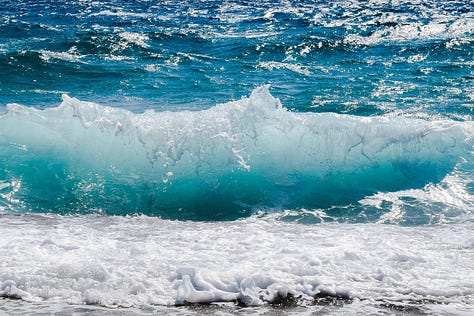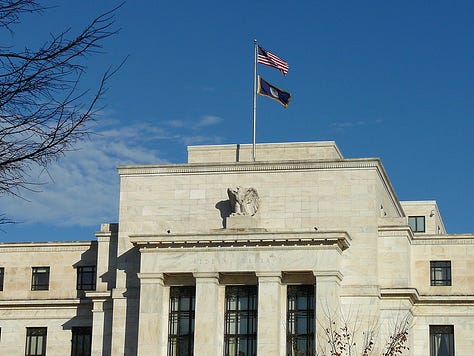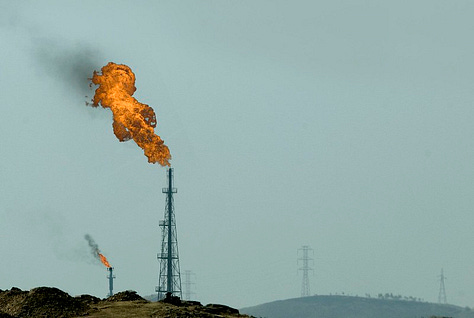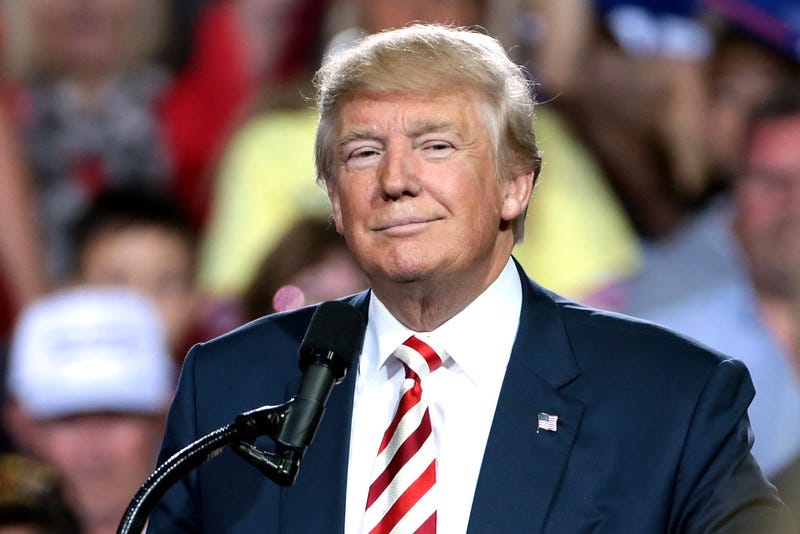Green Lights June 20: Top stories this week
Don't miss a single story from the best of Callaway Climate Insights.






. . . Welcome back to Green Lights. Here’s our roundup of the best of Callaway Climate Insights. This week David Callaway asks, What if Donald Trump ran the Federal Reserve? Answer: Not good. Plus, Callaway explains why global oil crises just aren’t what they used to be. Have a great weekend and please subscribe to support our climate finance journalism.
. . . . President Donald Trump can’t really make himself Fed chairman but he could appoint a “shadow” Fed leader (Treasury Secretary Scott Bessent?) to take over the job when Chair Jerome Powell’s term expires next spring. Imagine if the “will he, won’t he” daily questions about what the president might do were applied to setting monetary policy. The last thing we need is to subject global monetary policy to this chaos. Check out Callaway’s Zeus column here. We’ve made it free to all subscribers this week.
. . . . As the world girds itself for a new Middle East war and oil markets hang on the latest headlines, a new reality is settling in on investors: Oil’s hold on global markets isn’t what it used to be, writes David Callaway. The trend toward green energy is undeniable. For the Middle East, it is a troubling trend that needs to be addressed with more new energy investments. But it also means the volatile region will become less important as energy demand rises.
. . . . The first Senate version of the new tax bill upheld most of the House’s proposed cuts to solar and wind subsidies. But the Senate plan largely left credits for nuclear, geothermal, battery, and hydro businesses intact, at least through 2033. Each of these areas are longer-term projects with little ability to provide energy at scale shortly, such as solar and wind. That hurt solar stocks. David Callaway says it’s becoming clear who the haves and the have-nots are going to be in this new world of energy security.
. . . . The Arctic provides approximately $281 billion a year in economic value from its various resources, and climate regulation by way of things like carbon storage is the region’s most valuable asset. That’s according to a report from Visual Capitalist headlined, Visualized: The Economic Value of the Arctic. The report, based on a study done by socio-economist Tanya O’Garra, says the Arctic is “gaining global attention as melting ice unlocks access to vast natural resources. From ‘ecosystem services’ like climate regulation to lucrative mineral and oil reserves, this chilly region’s economic value is surprisingly large.”
. . . . What color is water? Depends on where you are. A new research paper published in the journal Science shows that warmer water is causing the ocean to change color: waters are getting greener at the poles and bluer toward the equator. That, the report says, is related to ocean warming. Warmer water, coupled with intensified stratification, disrupts nutrient cycles and affects various marine organisms, including phytoplankton.
More greenery . . . .
That bites: World’s food supply is threatened. How bad will it be in the U.S.? (USA Today)
The heat is on: Only 3 years left to limit warming to 1.5°C, scientists warn (BBC)
The lights are going out: Climate change is destroying Maine’s historic lighthouses (The Art Newspaper)
Not the G&Ts, too!: Volatile weather patterns may be altering taste of juniper berries (The Guardian)
Earth Photo 2025: Winning photographs capture scale of climate change (NBC News)






